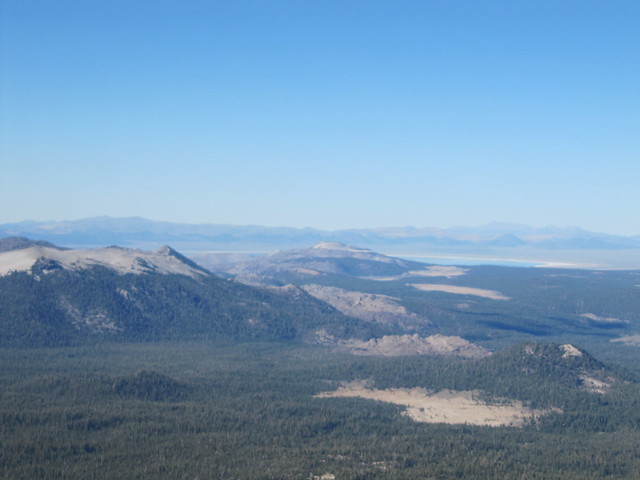Researchers use electrical resistivity to find the heat source and reservoir feeding Long Valley Caldera's labyrinthine hydrothermal system.
 |
| View of part of the Long Valley Caldera with Mono Lake in the background, taken from the summit of mammoth Mountain. Taken by Ian Crawford, GRC Fieldtrip September 2015. |
Now, Peacock et al. have used magnetotellurics to create a three-dimensional (3-D) model of the ground down to 10 kilometers underneath the Long Valley volcanic system. To create this 3-D model, the team measured the Earth’s electrical response to natural magnetic fields at 61 stations across Long Valley Caldera.
(Thanks to GRC Member Marcelo Lippmann, Staff Scientist (retired) at Lawrence Berkeley National Laboratory for the submission.)
(Thanks to GRC Member Marcelo Lippmann, Staff Scientist (retired) at Lawrence Berkeley National Laboratory for the submission.)